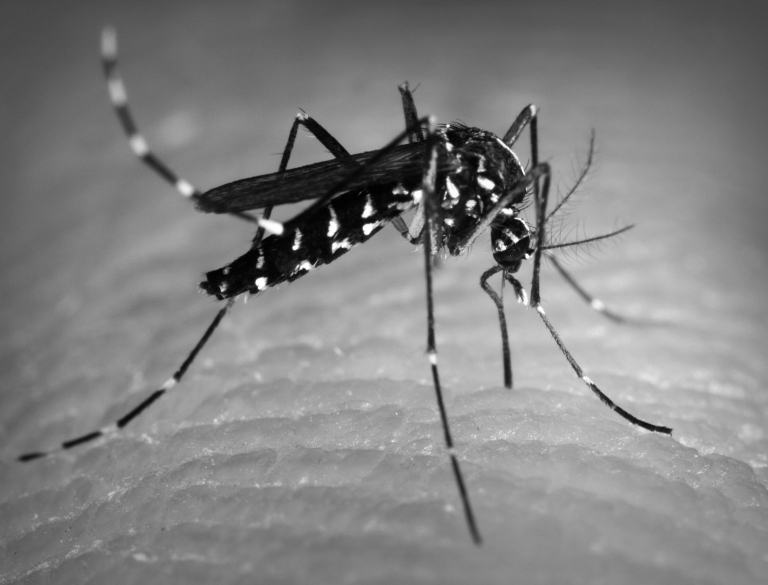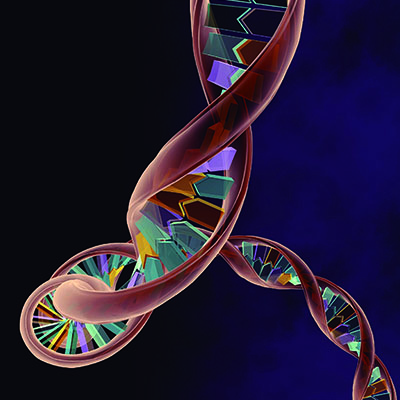
A revolution in genetics: next generation DNA sequencing
In the year 2000, human sequencing was achieved following 10 years of scientific work and now, thanks to next generation DNA sequencing, we are able to get to know a human genome in the space of just one week. It is still not possible, however, to access 100% of the genetic information contained within an embryo, the true origin of human life. But scientific progress is unstoppable and with this new technique a new range of promising options for genetics, for fertility and for life have opened up.
According to researchers, the possibilities which DNA sequencing offers are revolutionary and huge. Despite being at a very initial stage in which only the tip of the next generation sequencing iceberg has been uncovered, the number of uses is so varied that determining how to manage everything this technique implies will, in fact, be the future’s biggest challenge.
For the time being, thanks to human sequencing, nowadays “there is greater power of analysis and this facilitates many things and very significant possibilities”, explains the scientist and molecular biology and genetics investigator at Instituto Bernabeu, José Antonio Ortiz. The new technique, which can only be carried out in leading international clinics such as IB, “has revolutionised genetics. Genetic studies are now much quicker.’
The first thing which the experts have done is to start at the very beginning of human life. That is, with the embryo. It contains a combination of the DNA inherited from our parents. That is, a mix of all the genes contained in the 46 chromosomes which are passed on to our children. Such genetic content should not include defects since this would lead to illnesses in the future. Dr. Ortiz explains that, to date, “it’s not possible to obtain a 100% sequence of the embryo genome.” However, the information which can be obtained is very significant. Nowadays, chromosome abnormalities in the embryo can be studied in order to count them using Comprehensive Chromosome Screening (CCS). This technique is much more reliable than array, the technique used up until now.”
With CCS, we can now “analyse the embryo and be sure that there are neither DNA excesses or defects which would affect correct development,” add the team at Instituto Bernabeu. This technique also allows “those embryos which are more likely to implant based on the fact that they are chromosomally normal to be selected” and, as a result, “significantly reduce the number of pregnancy losses.”
Next generation DNA sequencing takes embryo testing to another stage since, as well as being more reliable in terms of genetic diagnosis, “it is starting to be used to carry out mixed techniques”, explains Dr. Ortiz. As such, “a region can be analysed simultaneously in order to locate a mutation and also analyse the embryo.” That is, “we see both things with a single technique and this is a great achievement.”
The uses to which next generation DNA sequencing can be put are very wide ranging. “It is also very fast in cases prior to conception. Up to 500 recessive disorders in a person and his/her partner can be analysed in order to determine if both are carries of a particular illness and, therefore, if there is a possibility that it will be passed on to their children. It is being used in gamete donation too so that donors who are not carriers of any of such diseases can be located,” explains Dr. Ortiz.
Another use of massive sequencing is in microbiome research which is used to find out how many microorganisms there are, for example, in a sample taken from the vagina without the need to cultivate in the laboratory. “This can be used to determine if there is an impact on the embryo’s ability to implant since there are microorganisms which could explain such an ability or absence of it,” adds the expert from Instituto Bernabeu in Alicante.
cultivate in the laboratory. “This can be used to determine if there is an impact on the embryo’s ability to implant since there are microorganisms which could explain such an ability or absence of it,” adds the expert from Instituto Bernabeu in Alicante.
The business group from Alicante explains that 99% of genetic sequences in humans are identical but that there are small variations which can cause various illnesses. It was initially thought that such genetic variants did not have an impact on health but scientists and researchers have recently determined that they can lead to some illnesses.
Therefore, if we take into account that current uses of next generation sequencing are wide ranging, the possibilities in the future could almost reach science fiction level. Using this technique, “it will be possible to know how likely a person is to suffer from a particular disease.” Dr. Ortiz indicates that there is hope that the technique will enable experts to foresee various illnesses. “The greater the number of genes, the greater the model’s capacity to predict”, he adds. But a single polymorphism “cannot cause” an illness or issue. “There has to be a number of them in order to generate those disorders,” explains the expert. He goes on to add that “other studies to compare other polymorphisms are under way and these may explain a person’s predisposition to having cancer or a heart attack.”
The future is bright thanks to next generation sequencing but this also implies huge challenges if we take into account what the technique involves. In the case of embryos, it will be possible to know what mutation to search for “and it will be found.” Next generation DNA sequencing “opens up huge possibilities” which involve having “a lot of new information.” The greatest challenge for future scientists and researchers will, therefore, be knowing “how to manage” all that information since “there are things which we don’t even know how to interpret yet.” Despite the fact that we’re in the early days of the use of next generation DNA sequencing, the possibilities “are huge. It’s incredible. It’s revolutionary.”
The 600 recessive disorders detected by the Genetic Compatibility Test (GCT)
To found out the next topics for our forum: follow us on facebook or twitter.
You can arrange an online consultation or book an appointment at Instituto Bernabeu.
More information on our website: www.institutobernabeu.com or www.ibbiotech.com
